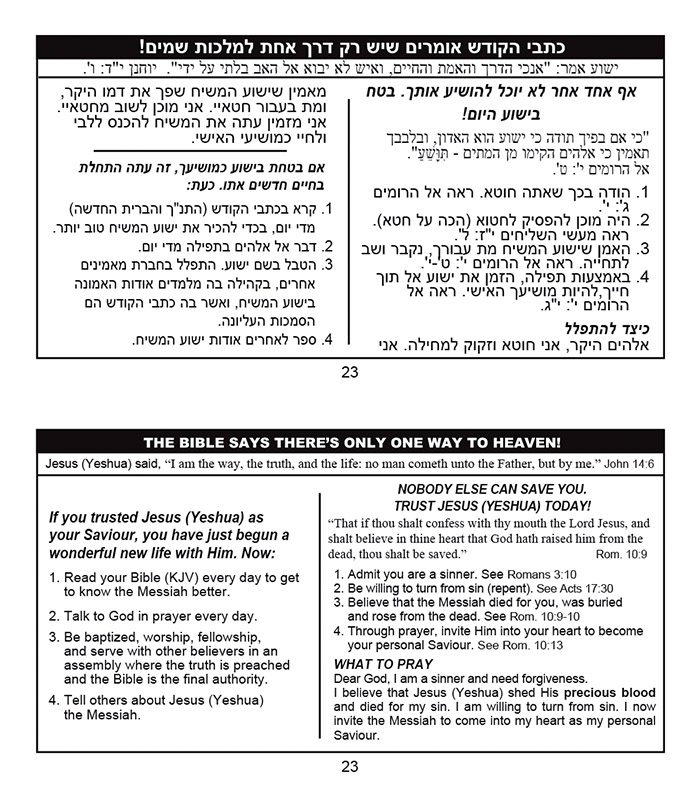

Why is the writing system of a language so important? Japanese also uses the traditional tategaki ("vertical writing") style which, similarly to Traditional Chinese, is read right to left and down the columns. In modern times, however, left-to-right horizontal Chinese has become more popular. For example, Traditional Chinese is written in vertical columns which are read from top to bottom the first column being on the right side of the page and the last column being on the left. Some languages can be written with more than one writing system. Hebrew is an example of a language read right to left Do some languages have more than one direction?Īmong the most popular languages read right to left, we can list Arabic, Farsi, Urdu and Hebrew. This brings us to our question: which languages are read right to left ? However, not all scripts share the same writing direction. This is why left to right is the predominant writing paradigm for Western languages. The reason for Latin and Greek being read left to right is not particularly well known, but an important theory is that the medium of writing strongly influenced the direction of the text. Perhaps the following abbreviation will help you remember all of the letters.Please read it a number of times.Many modern languages, especially in the Western world, originated from Latin and Greek. Hebrew words are written and read from Right to left.

Two consecutive "VAV"s should be pronounced as "W". Tzadi and apostrophe should be pronounced as "CH" Gimel and apostropheshould be sound as "J".

There is no Hebrew letters that make the sound of a "CH" (as in Charley), "J", and "W".To indicate that this is how a letter should be sound, an apostrophe is added after a number of letters.Many Hebrew words end with a Hay and most of the time it is silent. The letter Hay behaves as Alef and Ayin do and therefor, has to be defined similarly. Describing such letters as silent is correct only in situations where no vowel is applied to those letters. Two of the letters are define as "silent", those are Alef and Ayin.Despite a few similar characters between Alef and "A", Alef is a consonant and not a vowel.For this Web site (for practical purposes) "Shin" with no dot should be treated as a "SH".If shin should be pronounced as "S" as in YisRaEl, There will be a dot on the left side of the Shin. Most of the time Shin makes the sound of "SH" rather than "S".In advance Hebrew (when people are familiar with the vocab) dot is not used. When the dot is on the right hand side, it is pronounced as a "SH".When the dot is on the left hand side, it is pronounced as a "S". When the shin is written with a dot above it. Another letter with two sounds is Shin.As the air comes out and the ball softens, so does the letter. One way to remember this principle is by thinking that removing the dot from a letter is like puncturing a ball.Without the dot, Pay is sound like an "F".Without the dot Beit sounds like "V", Caf sounds like "CH" but NOT like a "SH" and NOT a "CH" like in "Charley.There are 3 letters that sound different if a dot is inserted in their midst.4)Final letters sound the same as other letters but their figure is a little different. 3)When they appear at an end of a word they are called: Final Chaf, Final Mem, Final Nun, Final Pay, and Final Tzadi. Similar to the idea of using upper case letters in English, some letters in Hebrew are written differently when they appear in a certain place.Ģ)The letters are:, ,, , and.There are no upper case letters in Hebrew.However, some of them have a two form (with a dot and without one) altogether students have to remember 32 characters. There are 22 Hebrew consonants, each of them has a name.Similar to English, in the concepts of using about 25 consonants to compose words.The sequence is organized vertically in groups of five letters.When using a Netscape browser you can point at any of the letters to see its name. This chart shows the sequence of the Hebrew letters.


 0 kommentar(er)
0 kommentar(er)
